Are You Ready for Screen Printing Squeegees Ready to explore screen printing squeezers? Join me as I guide you through all the basics of selecting, applying and maintaining these essential tools for printing needs.
CONTENTS
Chapter 1: Acquaint Yourself With Your Squeegee
Chapter 2: Determining the Ideal Rigidity Value
Chapter 3 Materials in Conflict.
Chapter 4: Gaining Control Over Things
Chapter 5 The Art of Maintenance.
Chapter 6 Troubleshooting Tips and Solutions
At first, let's become acquainted with all of the components of a Screen printing squeegee. From its form and blade strength to materials used and their composition - each element plays an integral part in creating your print!
Imagine you're about to print a screen. Before diving in, however, you must select an appropriate squeegee design - whether round, square, or beveled will depend entirely on your plan's requirements.
Square Blades Square Blades: Square blades are among the most reliable tools for general screen printing tasks, much like Swiss Army knives of squeegees. Their versatility and dependability make them indispensable.
Round blade squeegees are best utilized when spreading large quantities of ink on harder substrates or specific ink types, round squeegees providing you with optimal control.
Beveled Blades When working with uneven or curvier surfaces, use a squeegee with beveled edges. Their angled edge enables smooth printing even on more challenging surfaces.
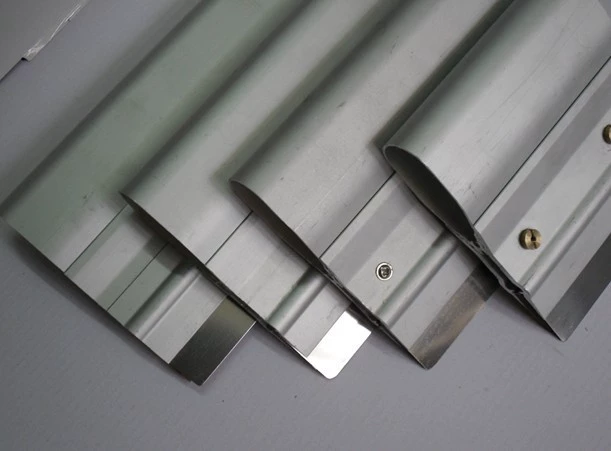
Once you've chosen a form and shape for your ink dropper, it's time to think about rigidity. Have you heard of durometer? More than an obscure term; durometer is essential when creating the ideal drop.
Medium, Soft or Hard Squeegee Blade Hardness? Its Durometer measures the hardness of your squeegee's blade and can make all the difference in how your prints come out.
Soft Squeegees (50-60 Durometer) are perfect for thick ink deposits as well as special inks, providing vivid prints with eye-catching vibrancy.
Medium-Sized Squeegees (70 Durometer) are one of the most reliable tools available in screen printing, proving themselves invaluable for most tasks requiring printing. Their versatility makes them the optimal solution to most printing challenges.
Soft Squeegees (80-90 Durometer) for Printing Precision are ideal for creating fine details or working on high mesh screen counts.
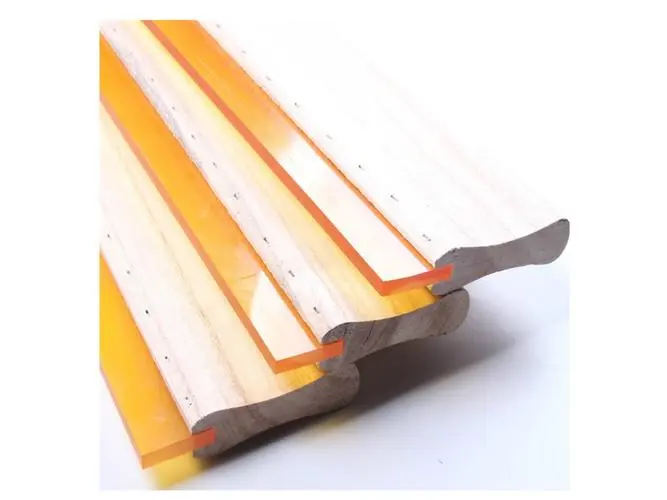
Let's discuss what kind of material your squeegee is composed of - Neoprene, rubber or polyurethane? Each material offers distinct advantages and disadvantages.
Are You Confused by Rubber, Neoprene and Polyurethane Materials?
Rubber blades are cost-effective options that may do the job efficiently but may absorb solvents more readily than expected and break down more rapidly than expected. Though this might suffice, they may not last as long.
Neoprene Blades: Neoprene is an increasingly popular option among screen printers for its increased resistance to breakage.
Polyurethane Blades: For long-term success and value for your dollar, polyurethane is your go-to material of choice. Long lasting and highly resilient, they offer exceptional longevity and are worthy of every cent spent. If longevity is what matters to you, polyurethane may just be the way to go!
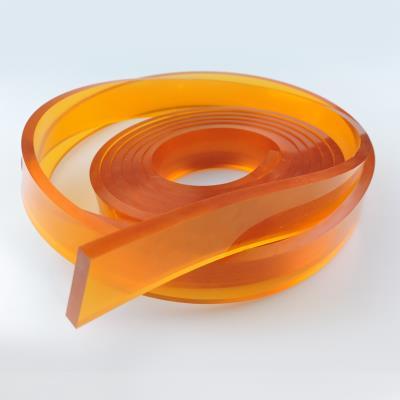
Once we've discussed the blade, let's turn our attention to its handles. A sturdy grip will enable you to use your squeegee effectively without making mistakes.
Wood vs. Aluminum Handles
Wooden Handles: Soft and cozy, wooden handles offer warmth and comfort when working but can quickly absorb moisture, becoming harder to keep clean over time. Like classic tools in a toolbox, they require regular upkeep in order to remain sturdy.
Aluminum Handles: Light and easy to maintain, aluminum handles are ideal for automated presses as they offer an aesthetic alternative to their wooden counterpart.
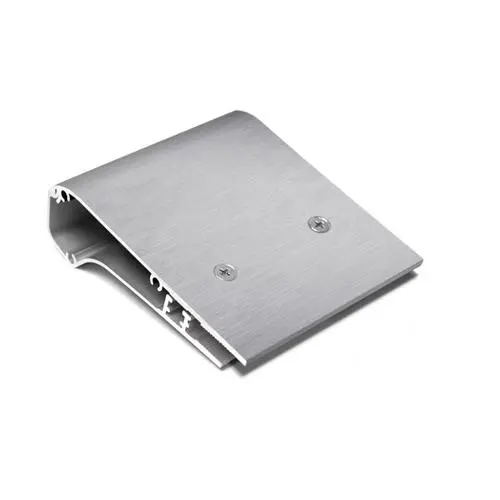
Now that you have found the ideal squeegee, your journey doesn't stop here: proper maintenance is key to keeping prints looking their best.
Cleanliness is key when it comes to blade care 101 Make sure that you do not allow ink remnants to accumulate on the blades of your squeegee; doing so would be similar to cooking in an untidy kitchen and is surefire way to create havoc!
Make Sure They're Sharp Printer blades can be the source of great anxiety. Sharpen them regularly to ensure the best prints every time.
Storage Solutions To help keep your squeegees at their optimal temperatures for strength preservation, consider placing them on a flat surface when they are not being used or keeping them under your mattress for a peaceful night's rest.
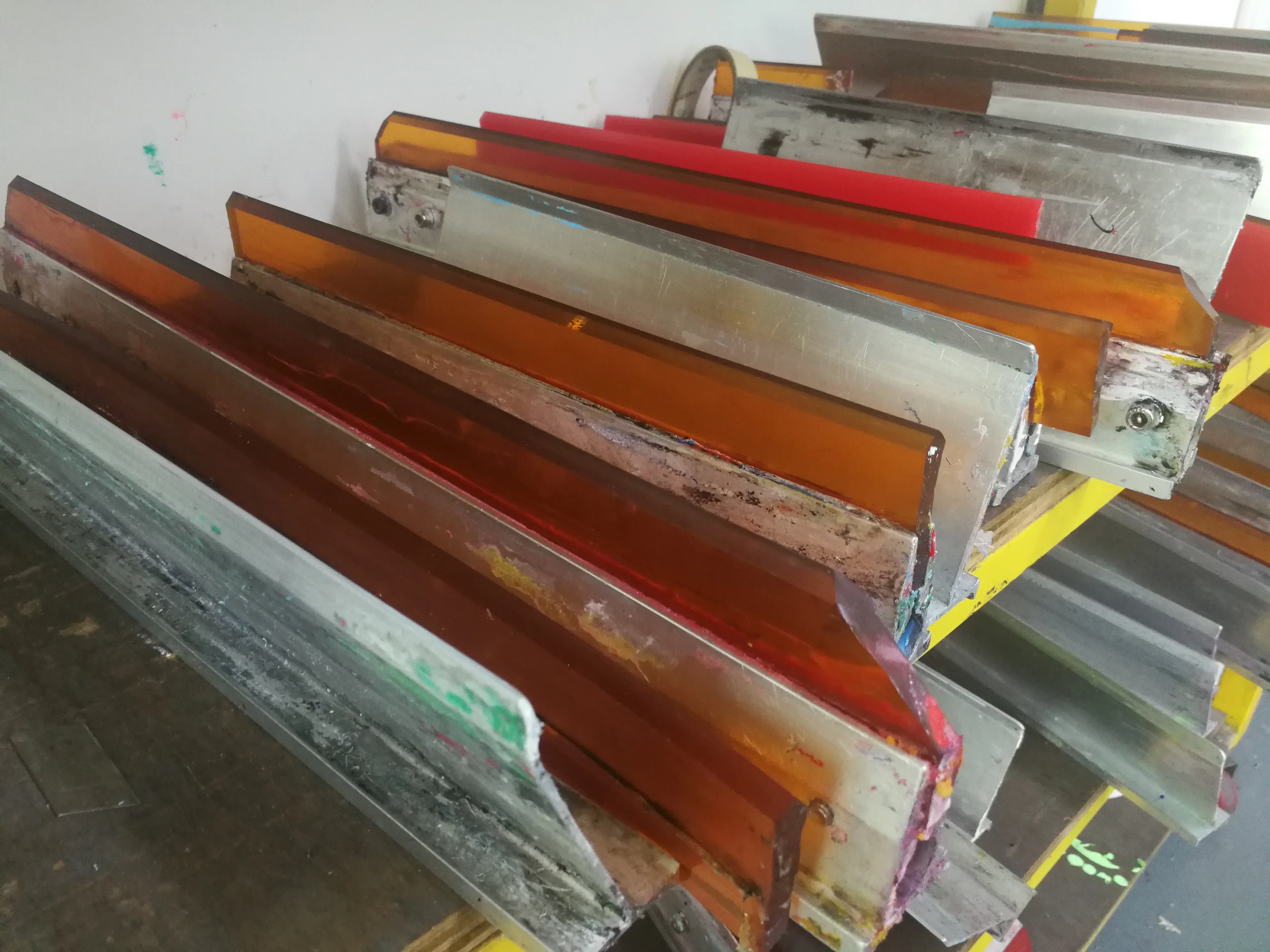
Screen printing professionals of all experience must encounter issues on occasion and here are some of the more frequently occurring ones as well as ways to address them:
Problem: Ink smudges or blurred prints
Solution: Check the length of your squeegee to make sure it can meet all your scrubbing needs - it may be too small. For best results, it should extend past your design in order to prevent smudging.
Uneven Ink Deposits have caused issues.
Solution: An angled squeegee may offer better coverage on surfaces that are curved.
Problem: Deterioration of Blade
Solution: Purchase polyurethane blades to ensure long-term durability and endurance, even though this may cost more initially; doing so could end up saving you headaches down the line.
Congratulations on becoming an expert squeegee user! Now, with your knowledge at your disposal, you can confidently tackle any printing task. Don't be shy to unleash your creative side and produce some truly outstanding prints - printing is fun!
Here, you can submit your questions and needs online, we will contact you as soon as possible or direct online reply!
If a response is urgently needed, please call 00864009969505
 WeChat
WeChat